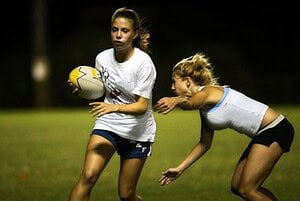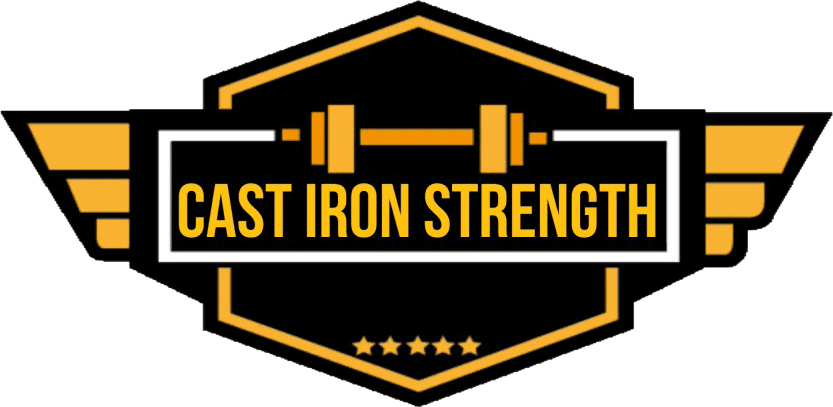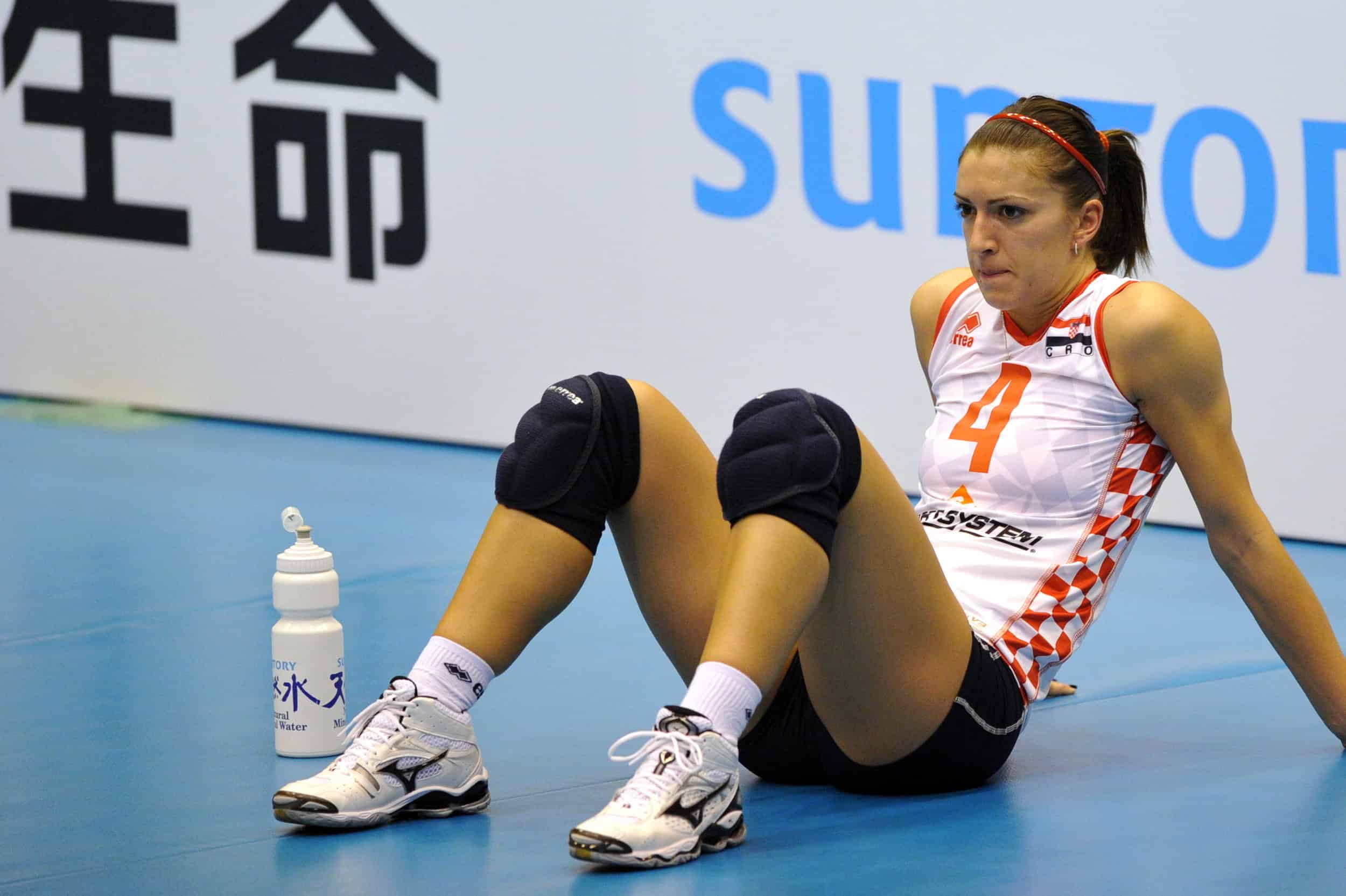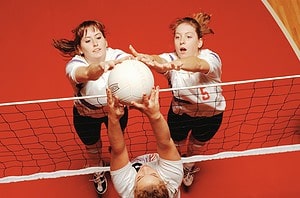 As strength athletes we have it pretty easy we only need to worry about one physical attribute that we need to train maximal force production. As a games player or endurance athlete there are so many more physical attributes that need to be trained let’s look at a sport as an illustrative example.
As strength athletes we have it pretty easy we only need to worry about one physical attribute that we need to train maximal force production. As a games player or endurance athlete there are so many more physical attributes that need to be trained let’s look at a sport as an illustrative example.
Sport – Female Rugby
Physical Attributes required.
- Speed
- Power
- Agility
- Strength
- Cardiovascular fitness
- Metabolic conditioning (lactate threshold / tolerance etc)
- Co-Ordination
- Skill mastery under pressure
- Proprioception and injury prevention
- Mobility and flexibility.
To train these attributes to their maximal capability we need to have bespoke sessions for the following areas in our training week.
- Sports Practice
- Speed, Plyometrics and Agility
- Strength and Power
- Cardiovascular Fitness
- Sports Specific fitness
- Mobility / Flexibility / Injury Prevention.
As you can appreciate this is a lot of things to concentrate on in a limited training week baring in mind if your a games player you also have competition every weekend for a prolonged period of time. Therefore how it’s stringed together can have a massive effect on your ability to maximise your performance.
As an armature athlete you probably take care of your own complementary training (non sports specific training or skills practice) so you need to know how to put it together for the best results. For the sake of simplicity we will not delve into perodisation as a wider topic but we shall perform some basic perodisation of our training we shall call it.
For the sake of simplicity we will not delve into perodisation as a wider topic but we shall perform some basic perodisation of our training we shall call it.
- Block one – Off Season into Pre Season (gap between sports specific or competitive training emphasis.
- Block two – In Season (the period when we are in competitive mode and sports specific performance is at a premium).
Block one – Off Season into Pre Season
Attributes we are emphasising.
- Maximal strength (force production)
- Hypertrophy (size / lean weight)
- Cardiovascular fitness (Aerobic capacity)
- Non Fatiguing sports skill (handling, passing, kicking, sprinting movement, weightlifting movements)
- Mobility / Flexibility
Attributes we will be maintaining
- Power
- Speed
- Sports specific fatiguing skill
- Injury prevention
Attributes we will be detraining
- Sports specific fitness
The Weekly Structure.
| Session | Day 1 | Day 2 | Day 3 | Day 4 | Day 5 | Day 6 | Day 7 |
| 1 | Mobility Flexibility / Injury Prevention (30 min) | Mobility Flexibility (30 min) | Mobility Flexibility (20 min) | Mobility Flexibility / Injury Prevention (30 min) | Mobility Flexibility (30 min) | Mobility Flexibility (20 min) | Rest / Recovery |
| 2 | Speed and Skills (30 min) | Upperbody Strength (60 min) | Light Skills (30 min) | Speed and Skills (30 min) | Upperbody Strength (60 min) | Light Skills (30 min) | |
| 3 | Lower Body Strength (90 min) | MAS (40 min) | Hypertrophy (40 min) | Lower Body Strength (90 min) | MAS (40 min) |
*MAS – Maximal Aerobic Speed (interval based cardiovascular training)
Basic Rational behind sequencing
- Mobility and skills are non fatiguing so can be performed daily and can also aid in recovery from hard training.
- Speed and lowerbody strength are complementary training interventions so having them together allows for better recover and higher levels of performance in sessions.
- 2x per week CV Sessions allows us to get fitter with out interfering with our strength training.
- Hypertrophy will come from strength sessions but having a session for important areas for performance (hamstrings for sprinting sports for example) helps us to boost our performance in season.
Block Two – Competitive Season.
Attributes we are emphasising.
- Power
- Speed
- Sports specific fatiguing skill
- Injury prevention
- Sports Specific Fitness (game fitness)
Attributes we will be maintaining
- Maximal strength (force production)
- Cardiovascular fitness (Aerobic capacity)
- Non Fatiguing sports skill (handling, passing, kicking, sprinting movement, weightlifting movements)
- Mobility / Flexibility
Attributes we will be detraining
- Hypertrophy (size / lean weight)
| Session | Day 1 | Day 2 | Day 3 | Day 4 | Day 5 | Day 6 | Day 7 |
| 1 | Mobility Flexibility / Injury Prevention (30 min) | Mobility Flexibility / Injury Prevention (30 min) | Mobility Flexibility (20 min) | Sports Specific Skills (units etc) | Mobility Flexibility / Injury Prevention (30 min) | Mobility Flexibility (20 min) | Rest / Recovery |
| 2 | Total body strength lift (60 min) | Speed / Power Session (60 min) | Light Skills (30 min) | Non Fatiguing Speed / Power Session (60 min) | Light Sports Specific Practice (60 to 90 min) | Compeition / Sports Specific Fitnes if no game/competition | |
| 3 | Off feet Cardiovascular fitness (30 min) | Sports Specific Practice (90 to 120 min) / Additional conditioning if required | Rest / Recovery | Sports Specific Practice (90 to 120 min) | Rest / Recovery | Rest / Recovery |
Basic Rational behind sequencing
- Sports practice needs to be prioritised everything else must be secondary or supportive
- You need to maintain your off season gains so front load the week for strength/fitness
- The gym training that you will notice on the pitch is power/speed based so prioritise it in season
- Injury prevention and maintenance of these factors are of the utmost importance to facilitate a healthy competitive season
- Prevent training monotony and accumulative loading by sequencing weeks – Heavy, Light, Very Heavy, Moderate. This can allow for physical progress and aid recovery for competition.
This concludes our look at training sequencing hopefully this simplified model can allow your to understand and better utilise the organisation of your own training as an ammeter athlete.
Marc


